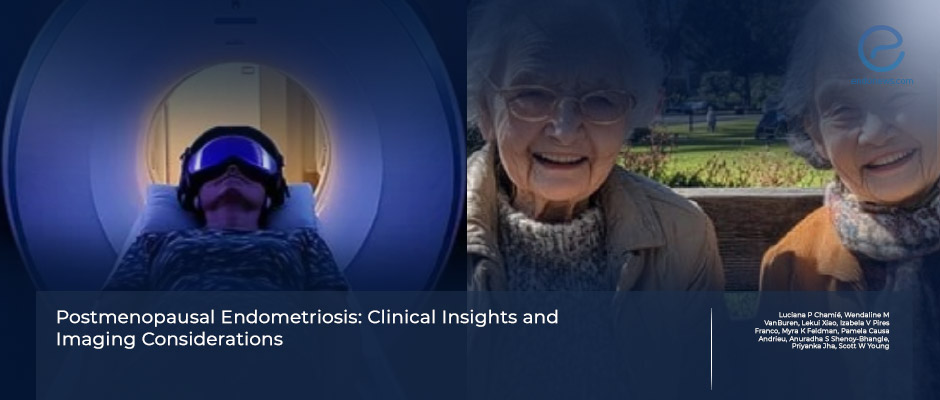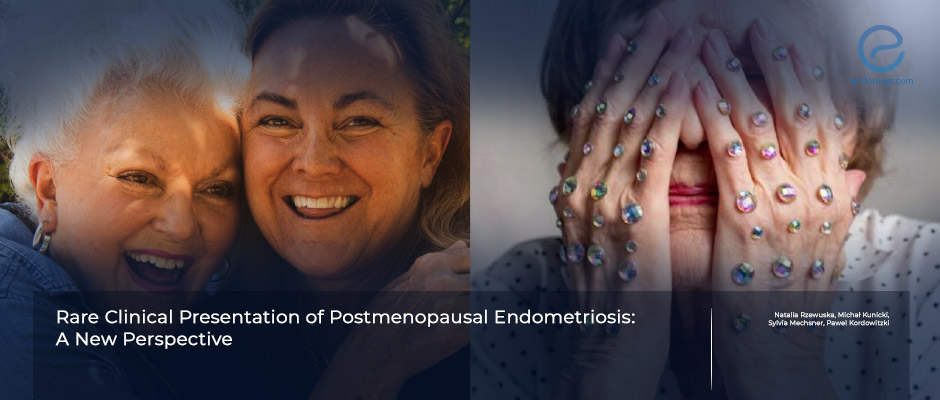Imaging findings in postmenopausal endometriosis
Most women diagnosed with endometriosis during their reproductive years become asymptomatic in postmenopausal period, but lesions remain biologically active despite lower estrogen levels. The pathophysiology of postmenopausal endometriosis remains unclear, though lesions appear less active and extensive. The risk of…
Key Points Lay SummaryDiagnosis and the Treatment of Postmenopausal Endometriosis
About 190 million women around the world are diagnosed with endometriosis. The majority of the cases are between 30 and 40 years of age. After menopause, the incidence of endometriosis declines to 2-5%, and it is more common in women…
Key Points Lay SummaryMenopause-management strategies for women with endometriosis.
Menopausal hormonal therapy is the most effective treatment for menopausal symptoms, such as hot flushes, sweating, sleep disturbances, mood changes, and joint pain. Approximately 75% of all women experienced some degree of these symptoms, while 2-4% were diagnosed with endometriosis. Menopausal…
Key Points Lay SummaryNovel Diagnostic Strategies for the Detection of Malignant Transformation of Endometriosis
Endometriotic implants can grow on various organs and tissues in the pelvis, leading to pain, infertility, and other symptoms. Most cases of endometriosis are benign and there is a small risk of malignant transformation. The review conducted by Dr. Hiroshi…
Key Points Lay SummaryThe effect of hormone therapy after surgical menopause on endometriosis recurrence
Definitive surgery for severe and advanced endometriosis is hysterectomy with bilateral oophorectomy, which may cause vasomotor symptoms, sleep deprivation, mood change, and dyspareunia in the patients. Furthermore, after the surgical removal of the ovaries, the sudden drop in estrogens causes…
Key Points Lay SummaryWhat happens to women with endometriosis after menopause?
Endometriosis affects women in their reproductive period of life, with expected regression of lesions in the postmenopausal period. Literature about postmenopausal endometriosis assessing the prevalence, pathogenesis, and treatment is limited. As 2-5 % of postmenopausal women are affected by this uncommon condition, developing stress…
Key Points Lay SummaryA clearer picture of "endometriosis after menopause"
Delfin Avendano Tan and Marie Josephine Guanlao Almeria are obstetrician-gynecologists from the Philippines. They recently published a review article titled "Postmenopausal endometriosis: drawing a clearer picture". In this paper, the authors discussed the pathogenesis, risk factors, and management of postmenopausal…
Key Points Lay Summary
 By Selma Oransay
By Selma Oransay



 By Bahar Yuksel
By Bahar Yuksel



 By Irem Onur
By Irem Onur